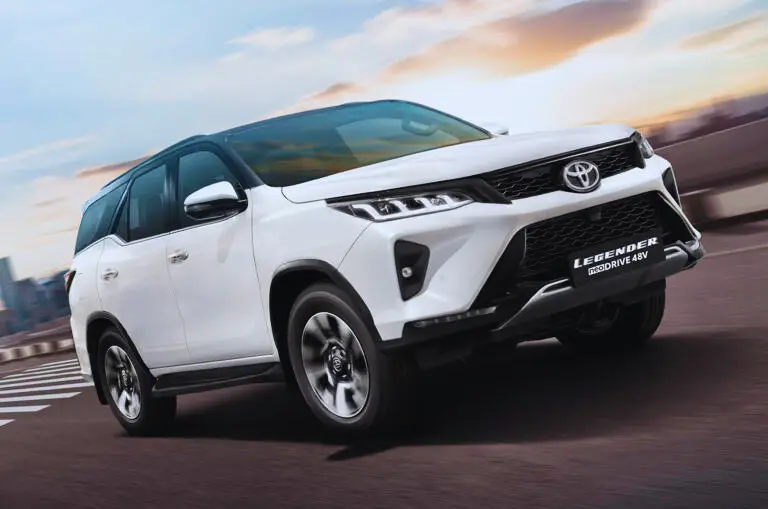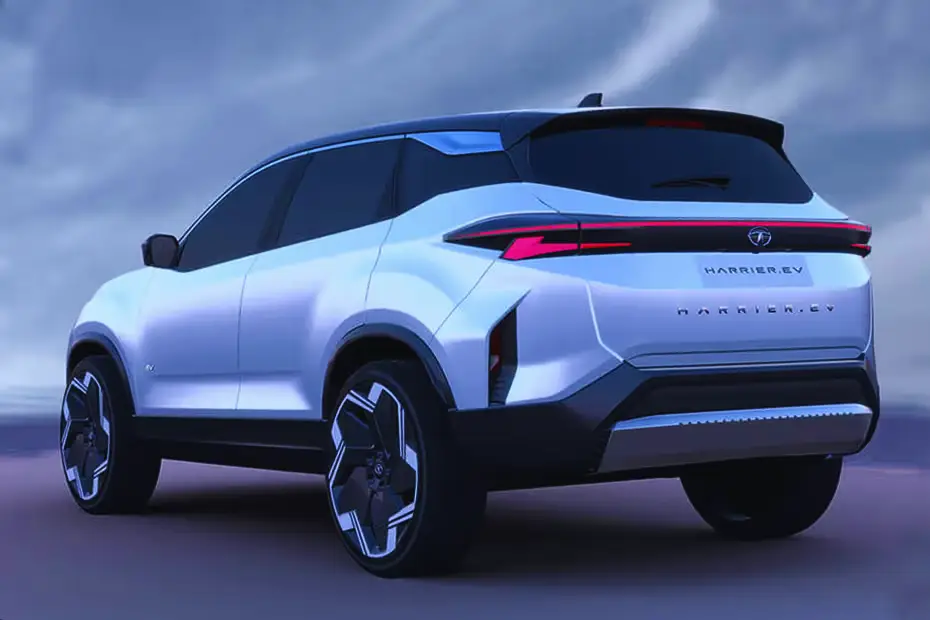Toyota Fortuner mild hybrid launched at Rs 44.72 lakh in india

The Toyota Fortuner mild hybrid has launched in India, with prices starting at Rs 44.72 lakh. Badged as Neo Drive by Toyota India – the same nomenclature is used for the Hyryder and Glanza’s mild-hybrid variants – the mild-hybrid tech has also been introduced in the Legender variant, and is priced at Rs 50.09 lakh. The Japanese brand has confirmed bookings for the mild-hybrid variants open today, and deliveries are scheduled from the third week of this month.
The new mild hybrid variants sit high on the Fortuner’s range, with just the GR-S variant priced higher. Compared to the Fortuner and Legender 4×4 AT variants, their respective mild-hybrid versions are priced Rs 2 lakh more.
Toyota Fortuner mild hybrid tech explained
Same 2.8-litre diesel engine gets 48V hybrid assist
The same 204hp, 500Nm 2.8-litre diesel engine now gets assistance from a 48V hybrid system that includes a belt-integrated starter generator and a lithium-ion battery. The system enables auto start-stop that enhances fuel-efficiency, and is also said to deliver smoother low-end acceleration, along with a quieter drive.
A 360-degree camera is on offer with the mild-hybrid variants
While there are no changes to the exterior– other than a Neo Drive badge – or the interior – the dual-tone leather upholstery, etc continue – the features list has seen an upgrade. Along with 7 airbags, hill ascent and descent assist, a traction control system), and ISOFIX mounts, the Neo Drive variants get a 360-degree camera.
Table of Contents
Tata Harrier EV to launch today. Here’s what to expect
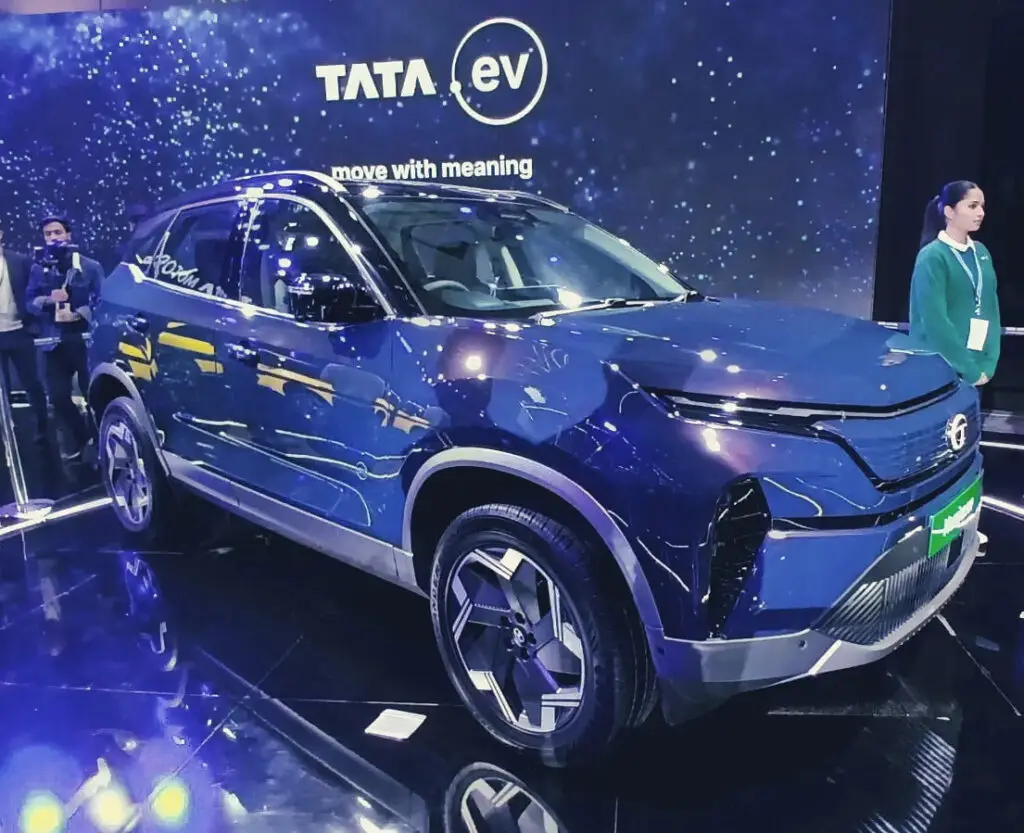
The Tata Harrier EV will launch today, on June 3, 2025. The vehicle is expected to become the brand’s largest and most advanced electric SUV. The Harrier EV sits above the existing models in Tata’s EV portfolio, marking a step towards more performance-oriented and features-heavy electric models. While full specifications are not known, there are some cues regarding design and the platform that provide insight on what the buyer will ultimately receive.
Tata Harrier EV: Design
Tata Harrier EV: Features
While Tata Motors has not unveiled the cabin of the upcoming Harrier EV, the cabin layout will most likely be similar to that of the standard Harrier. It will probably get a two-tone cabin finish, a touchscreen infotainment system, a digital instrument cluster, and a panoramic sunroof. We could also possibly see additional new features such as ventilated seats, dual-zone climate control, and a powered tailgate, etc.
The Harrier EV is likely to get new convenience technologies such as a “Summon Mode”, which will allow limited movement of the vehicle from the key fob. It is also expected to get an auxiliary display for front passengers that follows EV trends, with some of the new electric models already on the market. The vehicle is also likely to offer Qi charging, multiple airbags, a 360-degree camera, and Level 2 ADAS (advance driver assistance systems).
Tata Harrier EV: Specifications
Built on Tata’s new Acti.ev plus platform, certain variants of the Harrier EV will be offered with a dual-motor all-wheel-drive setup. While battery capacity details are not yet confirmed, early indications suggest the vehicle could offer a driving range exceeding 500 kilometres per charge. A more affordable front-wheel-drive variant with a single motor may also be part of the lineup at a later stage.
Table of Contents
The sixth-generation New Toyota RAV4 in plug-in hybrid can cover in Has a Huge Range
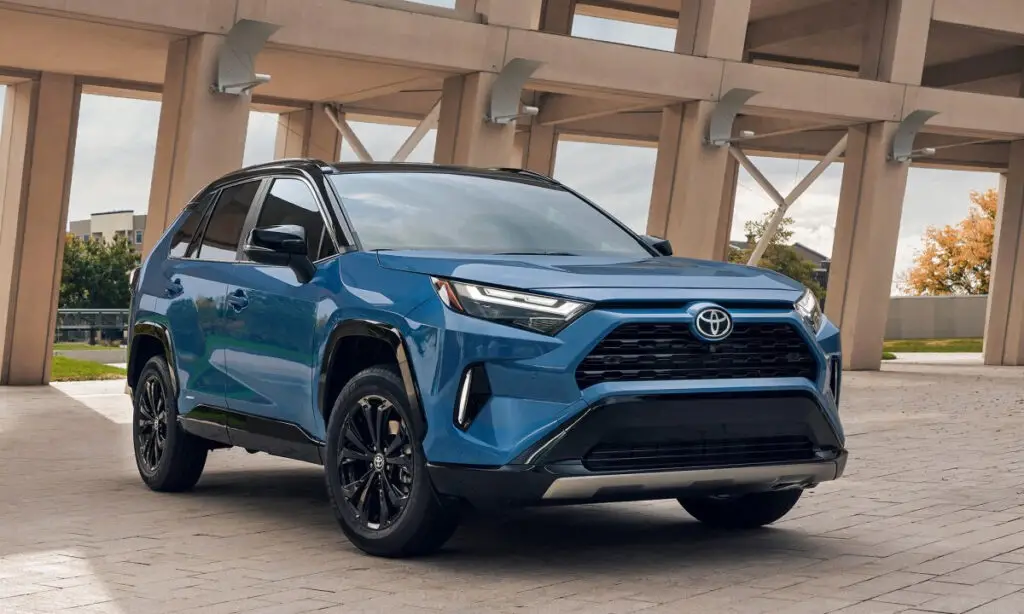
The electrified SUV proves there's life after diesel.
Diesel engines used to be the de facto choice for Europeans interested in covering long trips without the hassle of frequent refueling. Once the efficiency king, diesel has largely fallen out of favor due to stringent emissions regulations in the EU. However, Toyota is confident it has found a better alternative: plug-in hybrids. The new RAV4 PHEV is claimed to deliver diesel-like range, with the added benefit of all-electric cruising.
The sixth-generation RAV4 in plug-in hybrid flavor can cover more than 839 miles (1,350 kilometers) with a full tank of gas and a fully charged battery in Japan’s test cycle. This represents an improvement of 31 miles (50 kilometers) over the previous PHEV model. Toyota targets a purely electric range of 93 miles (150 kilometers) in Japan, though it expects an EPA-rated figure of just 50 miles (80 kilometers) for the version sold in North America.
The significant discrepancy stems from the different test cycles, with the EPA’s considered more stringent than Japan’s JC08. In Europe and other regions that rely on the WLTP standard, the compact crossover can be driven for 62 miles (100 kilometers) before the 2.5-liter four-cylinder gas engine kicks in. Toyota doesn’t specify the gas tank’s capacity, but we know the previous-generation RAV4 PHEV could carry 14.5 gallons or 55 liters.
The extra range is made possible by boosting the battery pack’s capacity from 18.1 kWh to 22.7 kWh. Although fairly boxy, the redesigned body is more aerodynamic than before. Toyota claims it further optimized the front and rear spoilers and restyled the wheels for better airflow.
Other benefits of the new PHEV include an increase in combined output from 302 to 320 horsepower for the new-for-2026 GR Sport, while towing capacity jumps from 2,500 to 3,500 pounds. There’s also support for DC charging at a maximum of 50 kW, allowing owners to replenish the battery from 10 to 80 percent in half an hour.
As with the previous-generation model, a diesel engine is not available. In fact, the RAV4 is no longer offered with a gas-only setup. The versions announced so far for North America, Japan, and Europe will feature full hybrid and plug-in hybrid powertrains.
The RAV4 is a true globetrotter. Toyota sells its immensely successful crossover in 180 countries and regions. Around 15 million units have been delivered since the first-generation model arrived in 1994. It’s the second-most popular Toyota, only outdone by the Corolla, which holds the title of best-selling car ever, with a whopping 50 million units sold by 2021.
Table of Contents
2025 Tata Altroz: What’s the same and what’s new in the facelifted hatchback
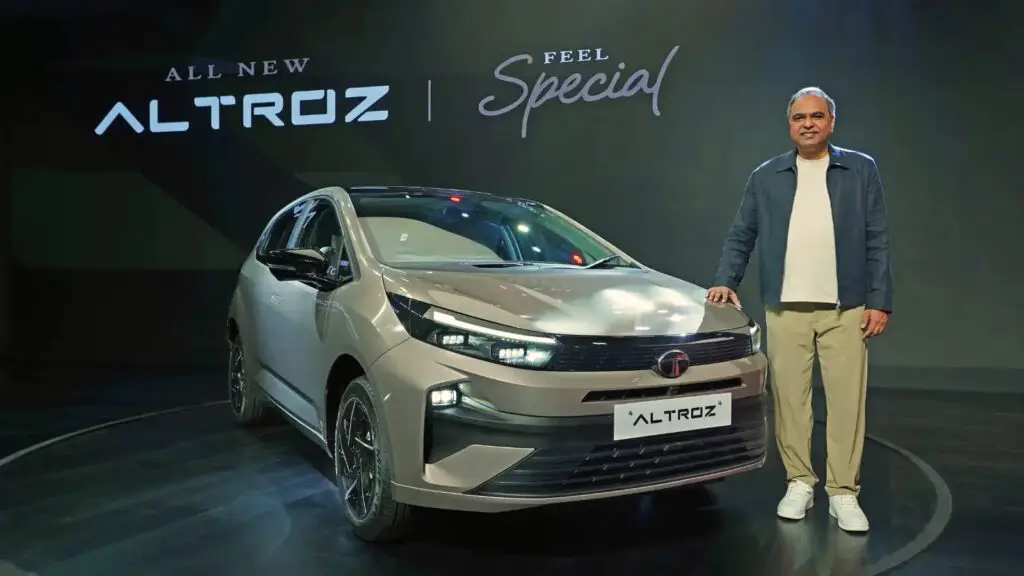
The all-new Tata Altroz gets a more muscular look with flared fenders and revamped headlamps.
1 Exterior facelift and changes
The most visible change lies in the Altroz’s revised exterior styling. The front end features new twin LED headlamps with double-barrel detailing and integrated LED DRLs. A wider air intake and tweaked bumper give it a more aggressive look. At the rear, the taillights are now connected by a slim LED light bar, and the bumper has been reprofiled. Uniquely, the facelift introduces flush-fitting door handles—a first for a hatchback in this segment, borrowing cues from more expensive models in Tata’s portfolio like the Harrier and Safari.
2 Refreshed interior
The cabin now gets a more modern and upmarket feel, while sticking to the original layout. A new dual-tone colour scheme in beige and light grey is applied across the dashboard and seat upholstery. The most notable change is the addition of two 10.25-inch screens—one for infotainment and another as a fully digital instrument cluster. These displays are housed in what Tata calls the “Grand Prestigia” dashboard. The overall setup is reminiscent of more premium vehicles and aims to improve the user interface without overwhelming the design.
3 Updated features
Tata has equipped the Altroz facelift with a range of new and updated features across its variants. Highlights include a 360-degree camera system, blind spot monitoring, ambient lighting, a voice-assisted electric sunroof, and an integrated air purifier. The iRA connected car technology continues to be available, offering remote access and diagnostics. These features bring the Altroz closer in terms of equipment to more expensive cars, while also keeping it competitive against rivals like the Hyundai i20 and Maruti Baleno.
4 Powertrain unchanged
Although engine specifications haven’t been officially confirmed yet, it is expected that Tata will continue offering the same set of powertrains: a 1.2-litre naturally aspirated petrol engine, a 1.2-litre turbo petrol, a 1.2-litre CNG bi-fuel variant with twin-cylinder tech, and a 1.5-litre diesel engine. The diesel unit is particularly noteworthy as the Altroz remains the only hatchback in India that still offers a diesel powertrain, catering to buyers who prioritise fuel efficiency over outright performance.
5 Variants rejigged
The facelift introduces a revised trim structure: Pure, Creative, Accomplished S, and Accomplished+ S. Alloy wheels are available from the Creative variant onward, with the top trims getting new 16-inch ‘Drag cut’ designs. Buyers can choose from five colour options—Dune Glow, Ember Glow, Pure Grey, Royal Blue, and Pristine White—each associated with a distinct persona, allowing some level of personalisation. This approach mirrors what Tata has done with its recent SUV launches.
